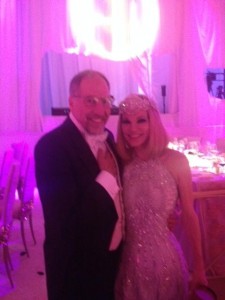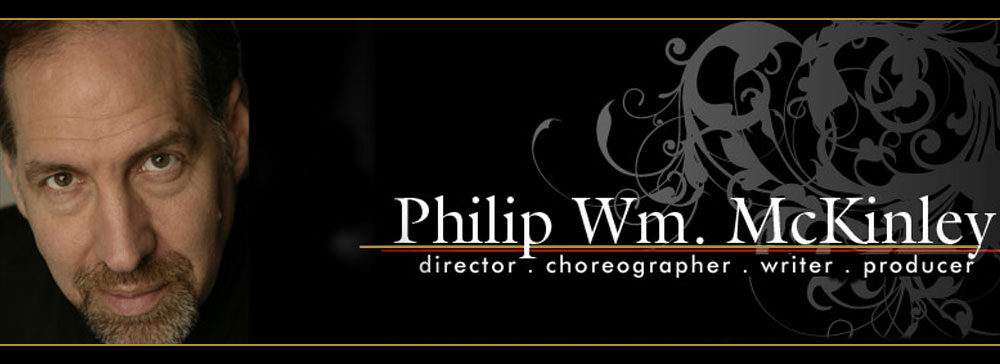
By John Katsilometes (contact)
How does the oft-speculated arrival of the musical “Spider-Man” factor into the 50th birthday bash for Andrea Wynn?
(Pause as you mull that question.)
The opulent, invite-only gala for the former Andrea Hissom was held Saturday night at Wynn Las Vegas. The event starred Hugh Jackman and featured more than 70 dancers and musicians.
The director of the customized birthday production — and this was a multimillion-dollar dinner and performance — was Phillip William McKinley, who in 2011 replaced Julie Taymor as director of “Spider-Man: Turn Off the Dark.”
In November, word spread from Broadway and through Las Vegas that Steve Wynn was in talks to bring the musical to Encore Theater, having rejected the in-development production of “Fun House” he was mulling for the resort.
McKinley and Jackman worked together on “The Boy From Oz,” the musical based on the life of Peter Allen for which Jackman won a Tony Award in 2004. Saturday’s event was a huge bash, with an initial budget of $2 million that was said to expand to $5 million by fruition. Performers rehearsed for 8 to 15 hours a day for two weeks.
The soundman, Jonathan Deans, also was one of the best in the business. Deans has worked on “Spider-Man” and has been nominated for a Tony for Best Sound Design for “Pippin.” Deans has Cirque du Soleil connections, too, for his work on “Mystere,” “Ka,” and “O.”
Jackman was at the center of an hourlong series of production numbers, including “All That Jazz” and “Hot Honey Rag.” Though rumors of Catherine Zeta-Jones singing in the show proved off-target, Broadway star Rachel York (“City of Angels,” “Victor/Victoria,” “Les Miserables”) did turn up to perform for the estimated 300 guests.
A total of 36 dancers and a 32-piece orchestra performed for an audience of VIP that included the likes of Quincy Jones and Steven Spielberg. The dress and decor was a “Great Gatsby”-1920s theme.
Those who worked with and interacted with Jackman said that he was a real pro who used his Aussie charm to great effect.
When Wynn needed the best of the best for this singularly impressive event, Jackman and the savior of “Spider-Man” got the call.
